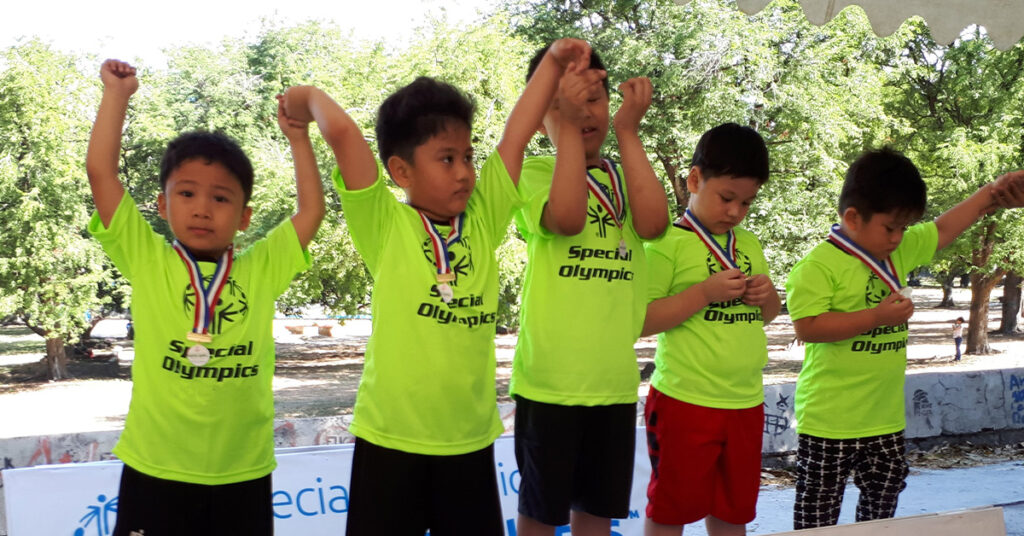Art goes beyond simply liberating our emotions; it can ultimately allow our minds to heal. This is how art therapy for autism works.
Art is one of the most potent ways of self-expression. It transcends differences, and it can also help communicate what words and movements sometimes cannot capture. These qualities make it a very effective medium for people with autism who have behavioral and intellectual traits that limit them from expressing themselves using conventional ways. In this article, we will talk about the benefits of art therapy for autism.
Expressive Art Therapy and Autism
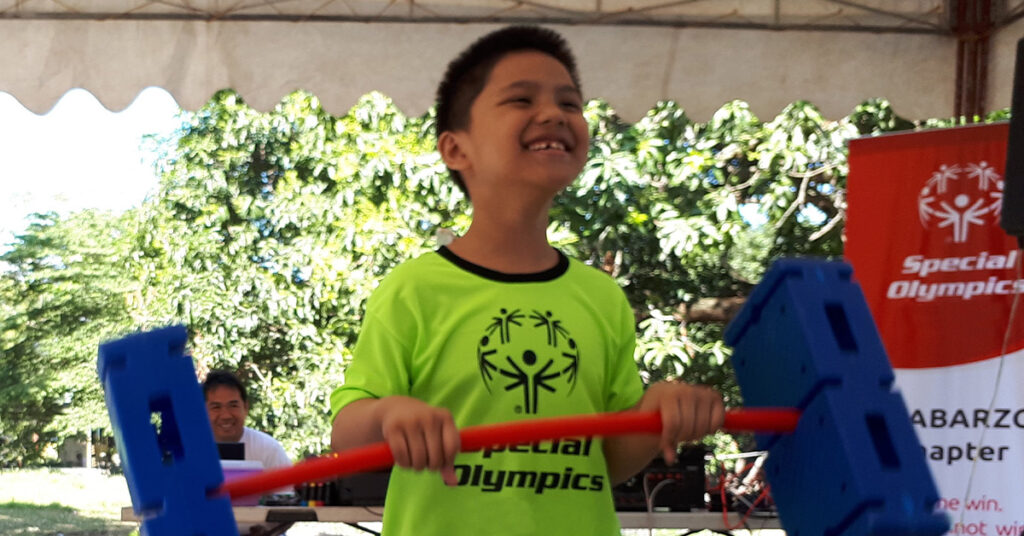
Expressive art therapy is an umbrella term that refers to all forms of art from dance, drama, music, and visual arts. Regardless of how it is expressed, the right choice of art therapy can help improve well-being, lower anxiety, and stress, improve self-esteem, and advance social skills because it leverages itself on creative self-expression.
Art therapy for autism is particularly powerful. Some people with intellectual and developmental disabilities are nonverbal. Others have difficulties expressing themselves using words and movements. Moreover, people with autism are also known to have visually-minded brains. This means they can process and express their ideas better through visual ideas and channels such as art.
4 Developmental Benefits of Art Therapy for Autism
There are many benefits to making arts and crafts for the self. The following are just some of the advantages it can specifically give to people with intellectual and developmental disabilities:
1. It can improve fine and gross motor skills.
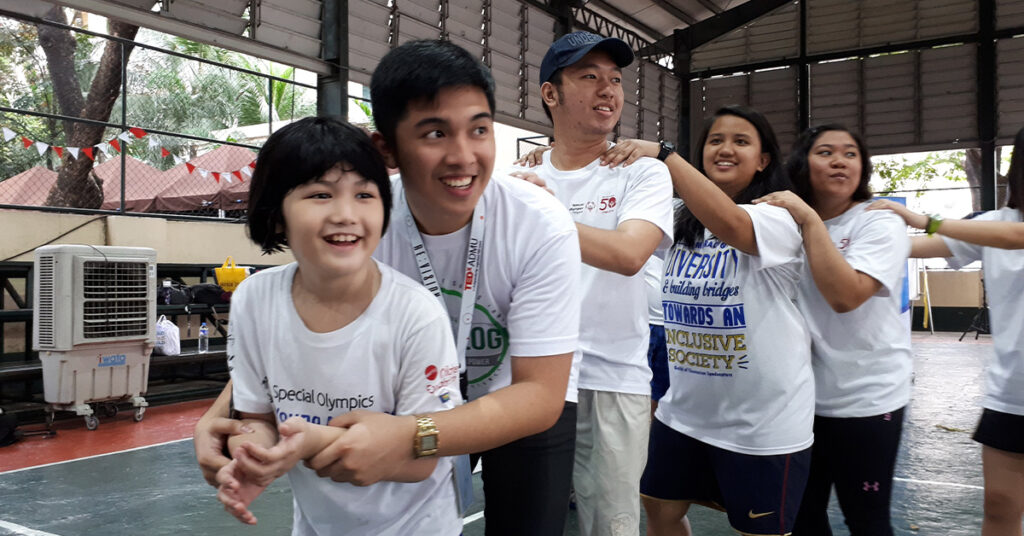
Constant use of art materials and even practicing repetitive movements such as dancing can greatly help people with intellectual disabilities. These exercises improve their gross motor skills and overall control of their movements. It also encourages mastery of specific skills which can be challenging to teach using conventional methods.
2. It encourages self-expression.
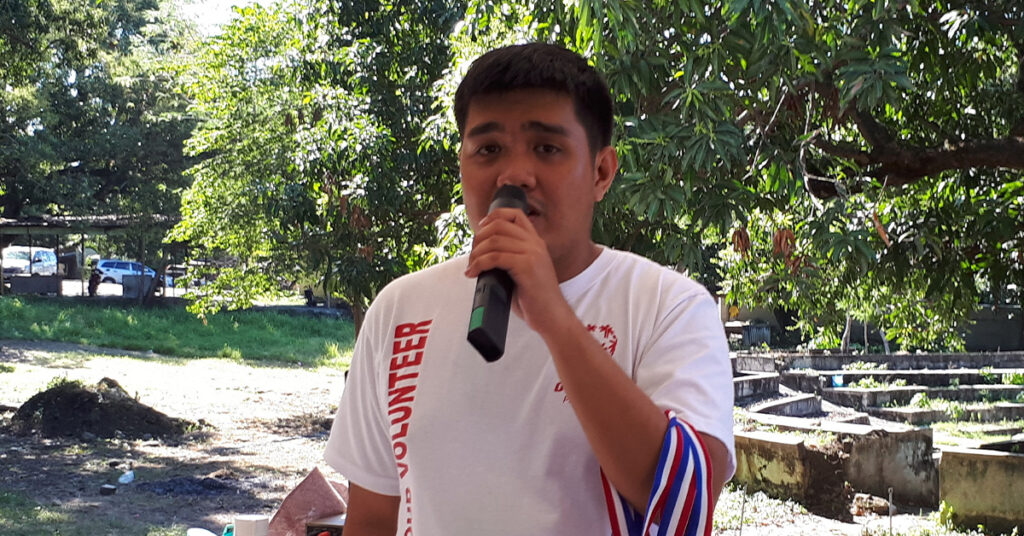
As mentioned, art therapy for autism can encourage its participants to express their thoughts in more visual ways. It can help bridge the challenge that they can feel whenever they cannot easily express themselves through words.
3. It improves their social skills and confidence.

Expressive art therapy sessions are usually done in small groups. Here, people with intellectual and developmental disabilities can feel more confident to share their work. This helps improve their social skills toward others and also boosts their self-confidence by showcasing their output to their peers.
4. It can strengthen positive behaviors.
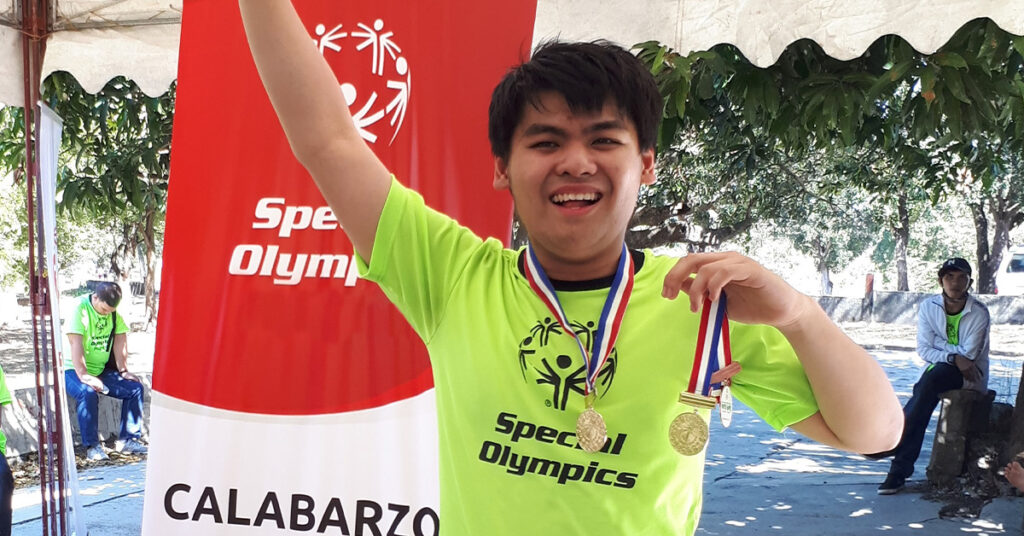
According to studies, children with autism who undergo expressive art therapy show fewer behavioral challenges. This is believed to be due to the cognitive development art provides when it comes to their visual-spatial skills.
Building Self-Confidence and a Sense of Community
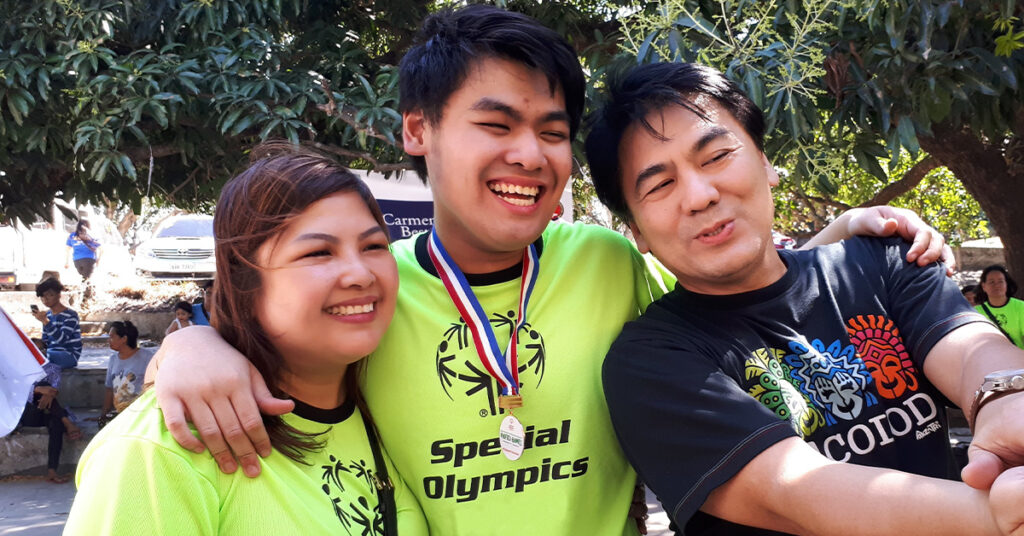
Expressive art therapy is just one of the many ways that people with intellectual and developmental disabilities can boost their self-confidence. This can also improve their sense of belongingness to a community. This makes it comparable to competitive sports and physical activities, which also bring about similar benefits to individuals with intellectual disabilities. It’s no surprise then that our athletes at Special Olympics Pilipinas express great interest in both sports and the arts!
This is something that we encourage here at Special Olympics Pilipinas through the regular sports trainings and events that we hold. Using sports like basketball, badminton, swimming, dancing, and even cheerleading and bocce, we give people a chance to realize their potential and talents regardless of their ability or disability.
Whether it is through art therapy for autism or through competitive sports, every help will count in making the world a better place for people with intellectual and developmental disabilities. We believe that we can always do better to help and contribute to the community. Make a difference with Special Olympics Pilipinas by joining us as one of our athletes or as a volunteer.

